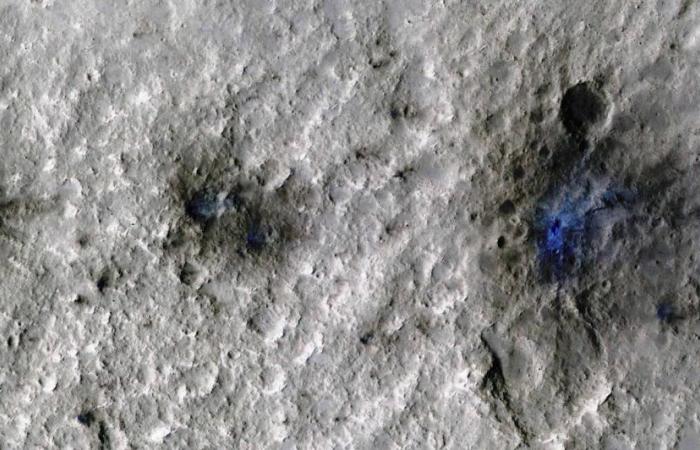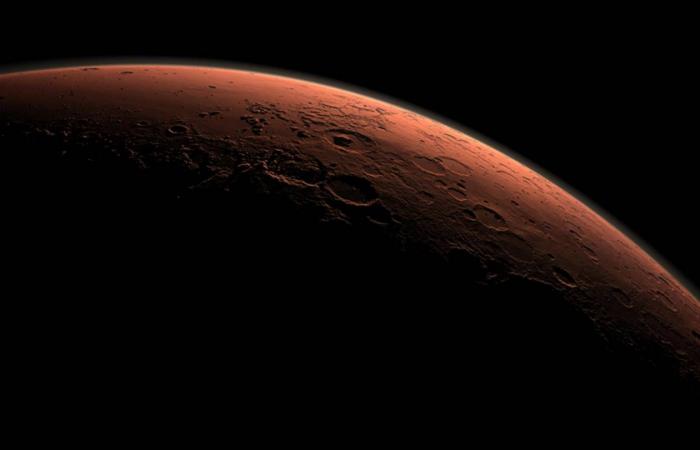NASA’s InSight Mars lander has gone dark, but its data is still providing important discoveries. An international team of scientists, led by a Brown University researcher, found that Mars may be hit by space rocks more frequently than previously thought.
The study, published in Science Advancessuggests that impact rates on the red planet could be two to ten times greater than estimated previously, depending on the size of the meteoroids.
READ MORE: What is a meteorite and how is it different from a meteoroid and a meteor?
“Mars could be more geologically active than we thought, which influences the age and evolution of its surface,” said Ingrid Daubar, principal investigator and associate professor at Brown. “Our results come from a limited number of examples, but the current estimate of the impact rate shows that the planet is hit more frequently than what we can observe with images alone.”
The team used InSight’s highly sensitive seismometer to identify eight new non-visible impact craters from orbit. These findings challenge existing notions about the frequency of meteoroid impacts and suggest the need to revise models of crater formation.
READ MORE: NASA reveals spectacular, previously unseen image of the largest volcano in the solar system
These discoveries could redefine Understanding the Martian surface and impact history on Mars and other planets. Daubar noted: “This will require reconsidering some models used to estimate the age of planetary surfaces throughout the solar system.”
Six of the craters detected were near InSight’s landing site. The two distant impacts identified were the largest on record, with craters the size of a football field, occurring just 97 days apart.
“We would expect an impact of this size perhaps Once every two decades, but here we have two in 90 days”“It could be a crazy coincidence, but it’s likely that the impacts are related or that the impact rate on Mars is higher than previously thought,” Daubar said.
Photograph of the planet Mars. Photo: Nasa.gov
InSight operated from November 2018 to December 2022, with one of its goals being to measure seismic shocks on the planet. Previously, new impacts were detected with before-and-after images taken by orbiting cameras. The seismometer made it possible to find and detect many impacts that might otherwise have gone unnoticed.
“Planetary impacts occur throughout the solar system constantly. study this allows us to compare and understand what happens on Earth, “which is crucial to understanding our solar system,” Daubar explained. Impact rates are also important for assessing potential hazards for future exploration missions.
The team analyzed seismic signals and compared them with images of the Mars Reconnaissance Orbiter. Eight events visually confirmed as new craters by examining before and after images. This dual method guaranteed the accuracy of their findings. Daubar added: “It is possible that more events detected by InSight were impacts. “Next steps include more detailed orbital searches to confirm this using machine learning techniques.”
This is the farewell photo of the InSight module on Mars
*This content was created with the assistance of artificial intelligence. The information was provided and reviewed by a journalist to ensure its accuracy. The content was not generated automatically.







